is this an end to Winter?
/
It seems to have been a long, heavy grey and damp winter but the cherry blossom and the magnolia are now out and there have been a few days with blue skies so maybe the season has turned.
notes, reviews and photographs about current design, design shops, cafes and restaurants and exhibitions and galleries in Copenhagen
news, notes, photographs and thoughts about design, architecture, planning and townscape and exhibitions in Copenhagen
It seems to have been a long, heavy grey and damp winter but the cherry blossom and the magnolia are now out and there have been a few days with blue skies so maybe the season has turned.
CPH Light Festival is running through February, with Frost Festival 18, with sound and light installations around the city.
The Wave, by Mikkel Meyer and Jonas Fehr, has returned for a second winter at Ofelia Plads on the harbour immediately north of the National Theatre and on the other side of the harbour to the Opera House.
There are forty triangles, each 4 metres high, set in line along the mole. The light responds to the movement of people as they walk down through the triangles and the haunting sound carries across the harbour to the park beside the Opera House.
The Wave, Ofelia Plads, Copenhagen 4 February and 25th March
programme of the installations for CPH LIGHT FESTIVAL
It has been announced that the venue this year for the Cabinetmakers’ Autumn Exhibition will be the Thorvaldsen Museum in Copenhagen.
Each year the committee choses a theme for the works and this year it will be MONO with works to explore the ideas of monochrome; monologue or monolithic to create furniture that “individually and collectively express a rhythmic narrative and simple whole.”
Thorvaldsen’s Museum, on the north side of Christiansborg, was designed by the architect Michael Gottlieb Bindesbøll and completed in 1848 to provide an appropriate building to house and display the work of the sculptor Bertel Thorvaldsen. With the galleries arranged around a central courtyard, the rooms have a striking and rich colour scheme that formed a background to the neo-classical figures in the collection.
The furniture in the Autumn Exhibition will use one of the eight colours used in the decoration of the building or will be in the natural colour of the wood used.
In Copenhagen major buildings in brick survive from the early 17th century, or earlier, but the most prominent are from the 19th and early 20th century.
There are a range of styles or fashions in these brick buildings and high-quality brickwork can be seen on all types of buildings from major industrial buildings to churches and from some of the most impressive early social housing through to apartment buildings for the wealthy …. but the important points are more general: brick is a durable building material - so in Europe and Africa and the Middle East huge Roman constructions in brick survive after 2,000 years - and bricks have been used throughout the World so brick is a common building material.
And brick as a building material is relatively cheap so what is important with brickwork is the imagination of the architects and builders and the skills of the brick makers and brick layers in using a simple material.
Walk around Copenhagen … the buildings around Israels Plads or along H C Andersens Boulevard are a good place to start … and you realise what a huge force of skilled artisans there were in the city to achieve such an extensive and impressive rebuilding and expansion of the city after 1870.
Sometimes you come across a design or a product that had not been on the radar - but it stops you in your tracks. It's like driving along a road and suddenly there is an amazing view and you can’t help yourself and just go wow.
Well it was a bit like that on seeing Really at Kvadrat at Klubiensvej in Nordhavn on Thursday.
In part, this was because I had seen nothing on the internet about Really so, for once, this was the impact of something that appeared to be very new and came out of the blue ........ or maybe it just shows that I’m not going through the design magazines with enough care or attention because Really was shown in Milan.
Probably the best way to start is to quote the introduction in a catalogue from Really:
“Responding to the urgent global issue of waste, Really upcycles textiles to create materials that challenge the design and architectural industries to rethink their use of resources and to design their products with a circular economy in mind.”
The result is new Acoustic Textile Felt and Solid Textile Board - a new building board. These are made from end-of-life textiles - for instance, worn-out bedding from large laundry companies - and the process does not use toxic chemicals or water or dyes. At the end of their own useful life the felt and boards can be “re-granulated” to feed the start of a new product so hence that concept of circular design.
Solid Boards come in different gauges and can be cut and put together for furniture with many of the same techniques as plywood. Thicker boards even have the same impression of layers as plywood with white cotton used for the core layer and coloured outer layers in Cotton White, Cotton Blue, Wool Slate and Wool Natural and that can be more obvious when several thinner layers are combined to form a heavier or thicker gauge of board ... for instance for table tops.
Boards can be cut, drilled or milled, sanded and planed, laser cut and glued. Surface treatments are also similar to the finishes for plywood with lacquer, oil or wax.
In the display at Kvadrat, a number of bold benches and tables designed by Max Lamb were shown along with a mood board collection of samples and ideas that, in a good way, reminded me of lino cutting … not the prints but the tangible qualities of the linoleum itself with all the various options you have for depth and sharpness of cut that reveal the layers down from the smooth matt surface and also because the boards themselves have some of that warmth and softness of colour that is a distinct characteristic of simple linoleum.
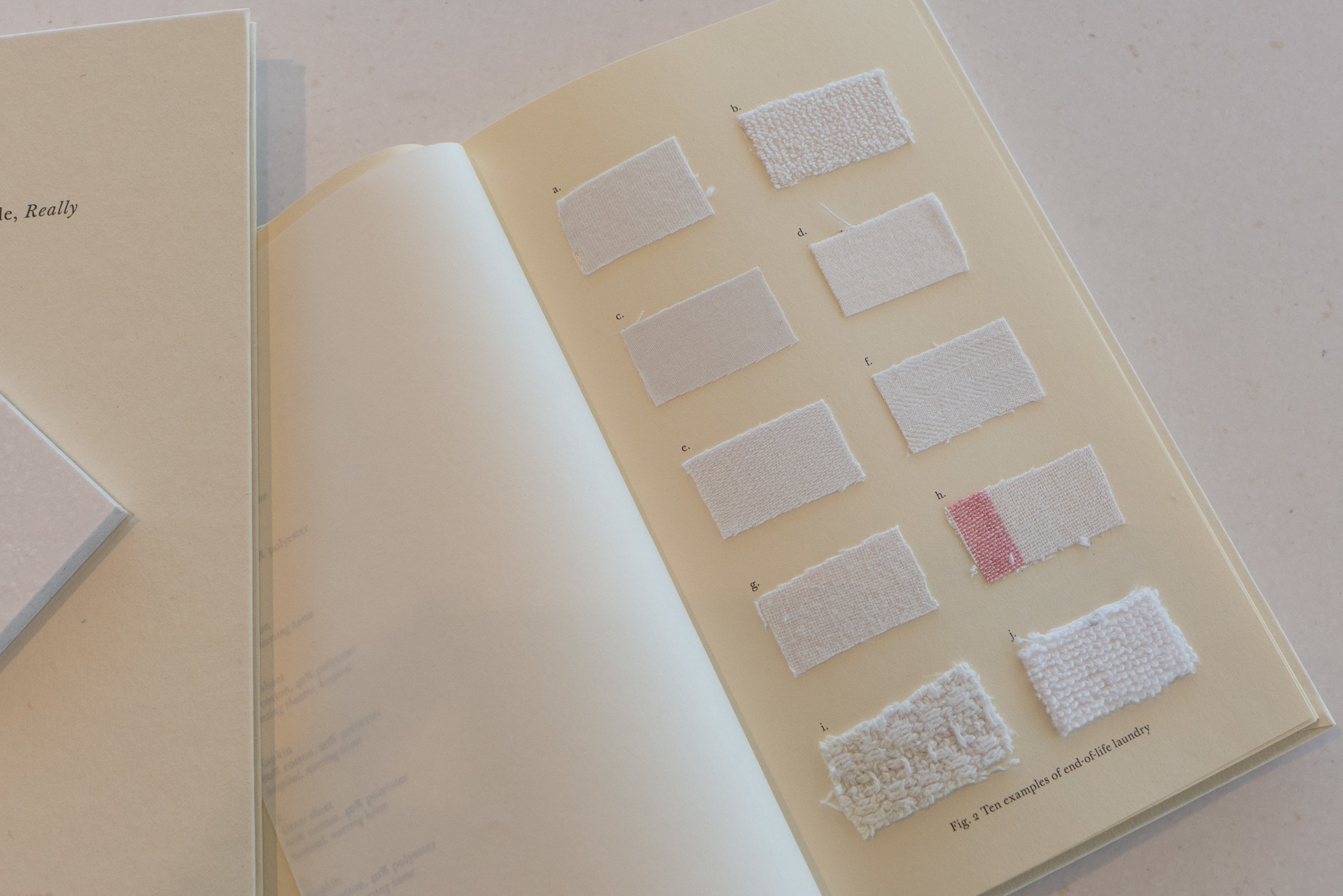
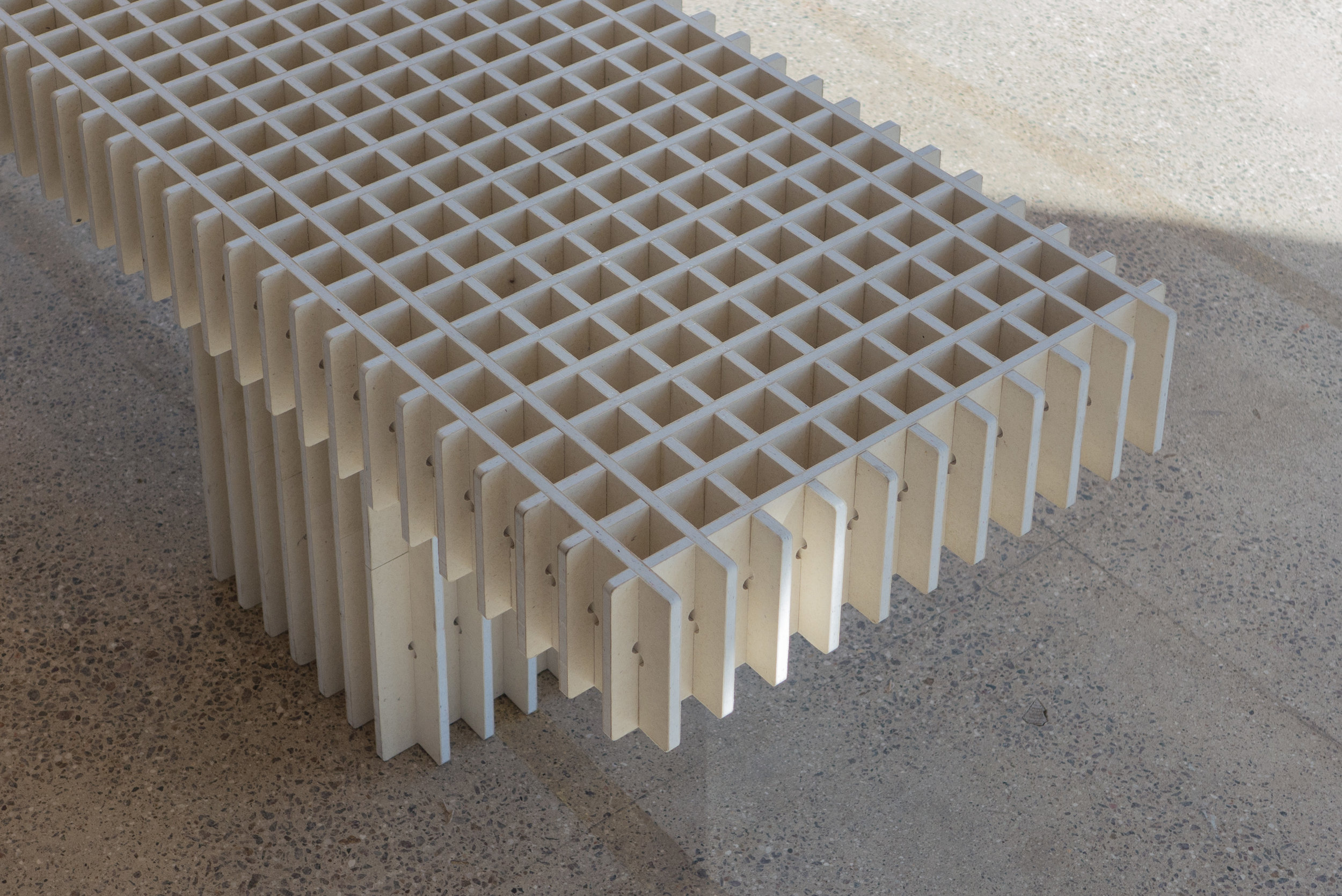
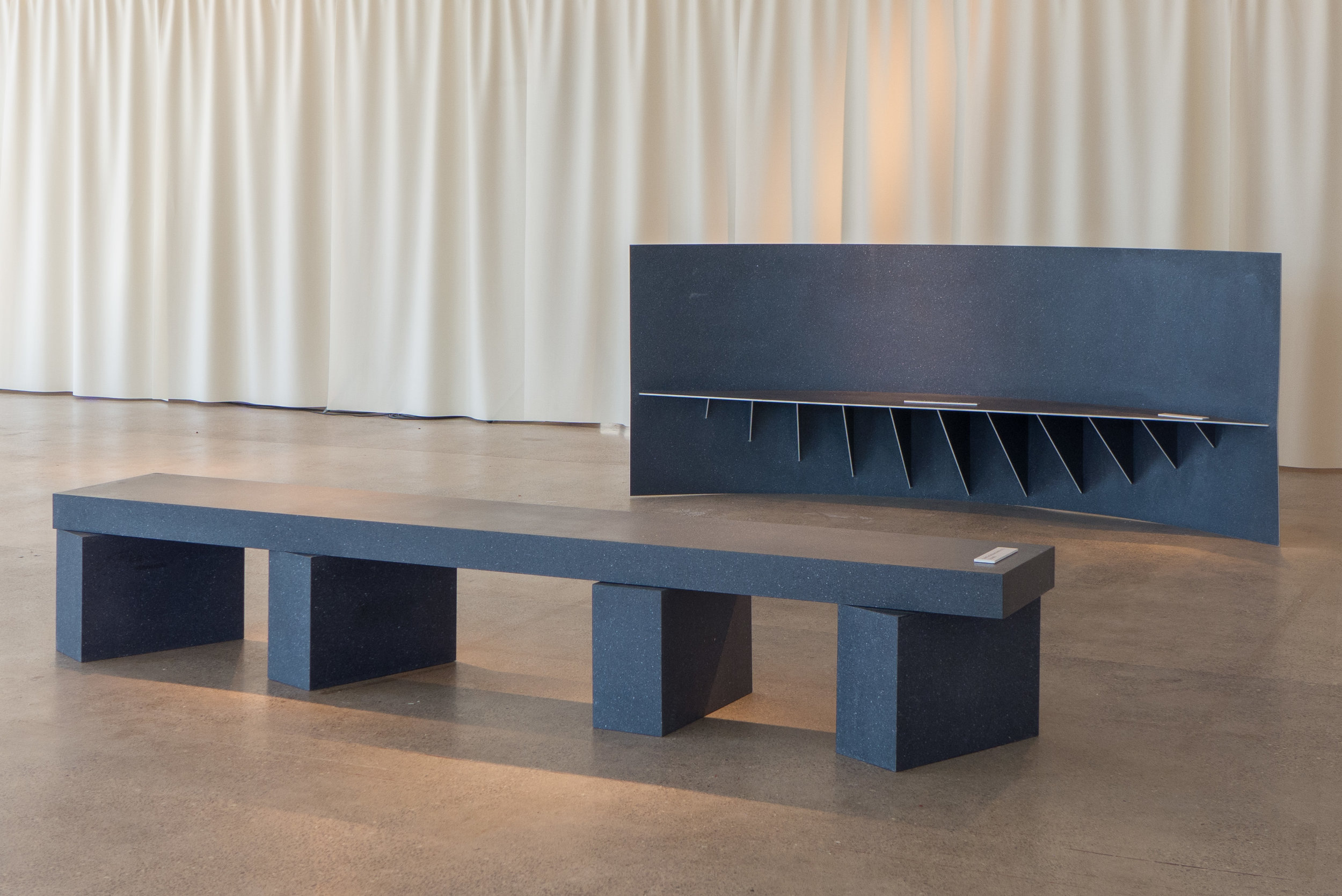
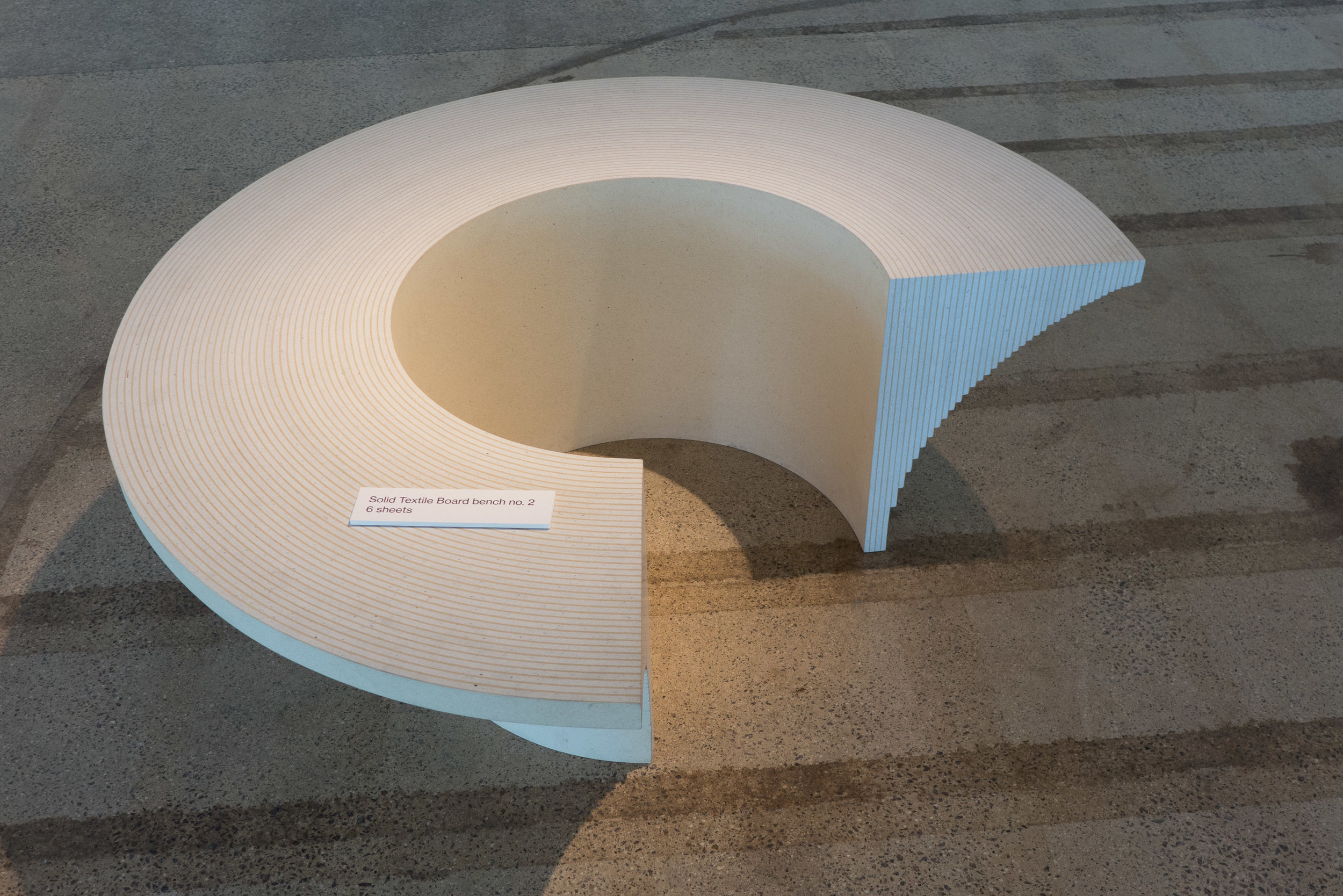
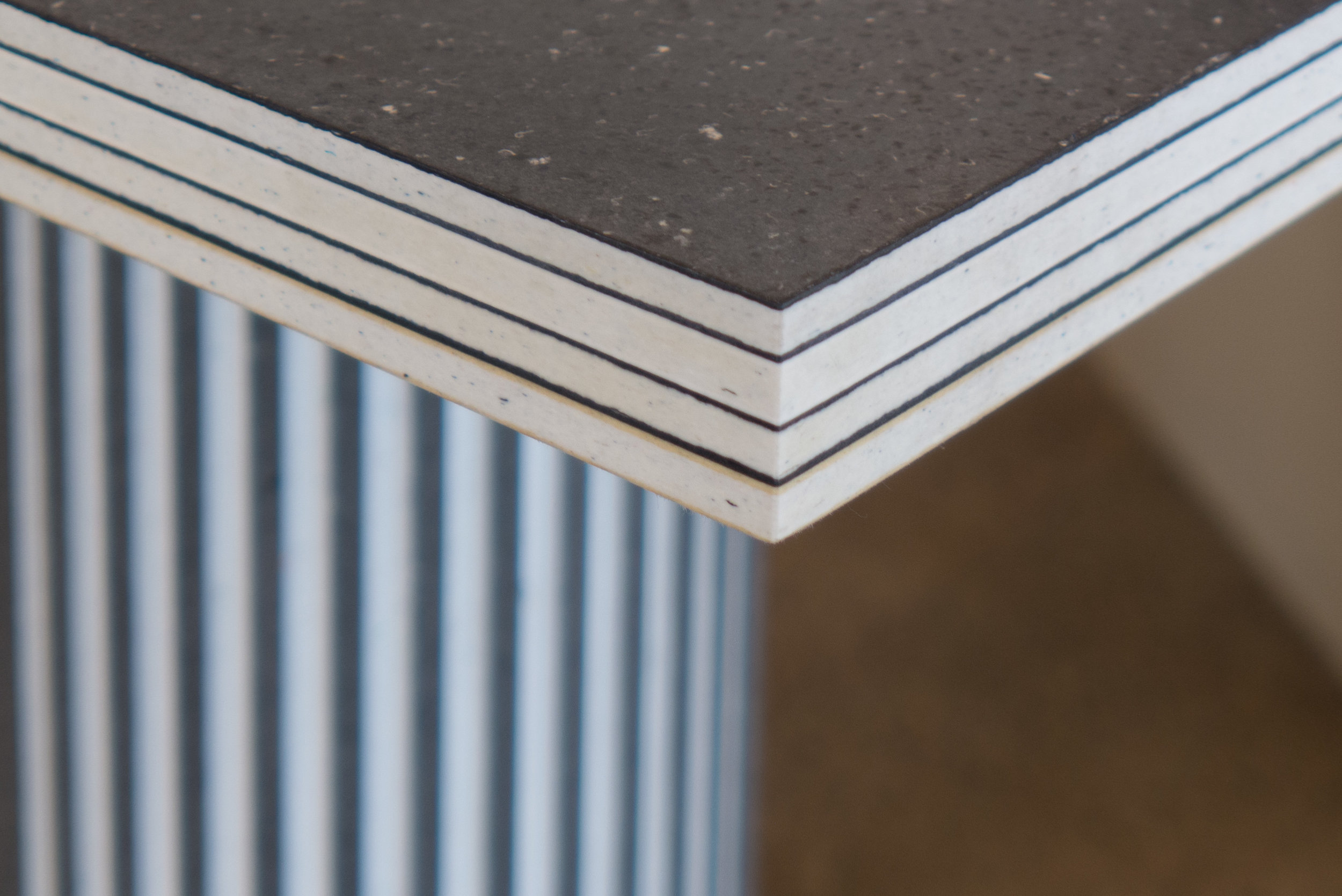
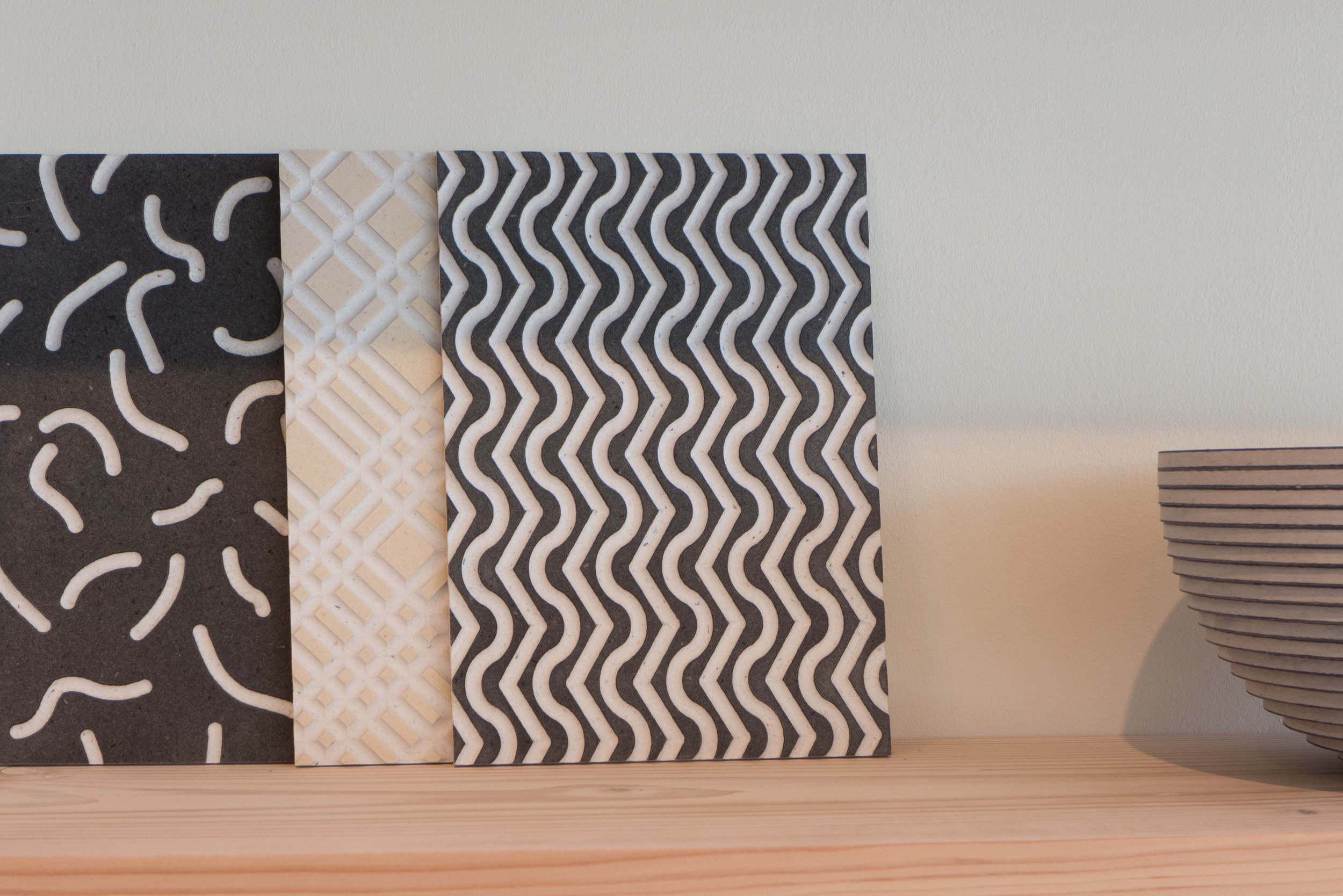
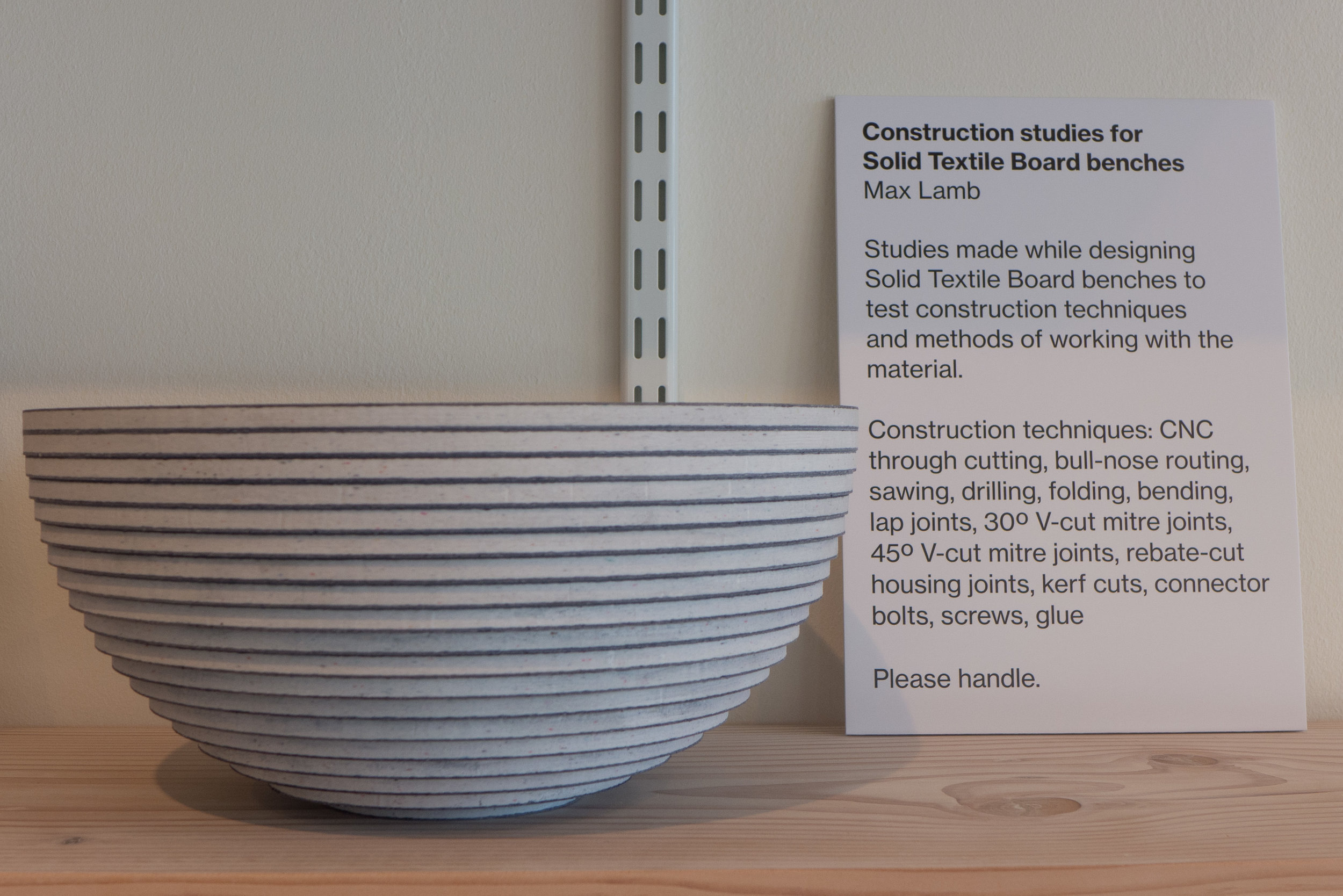
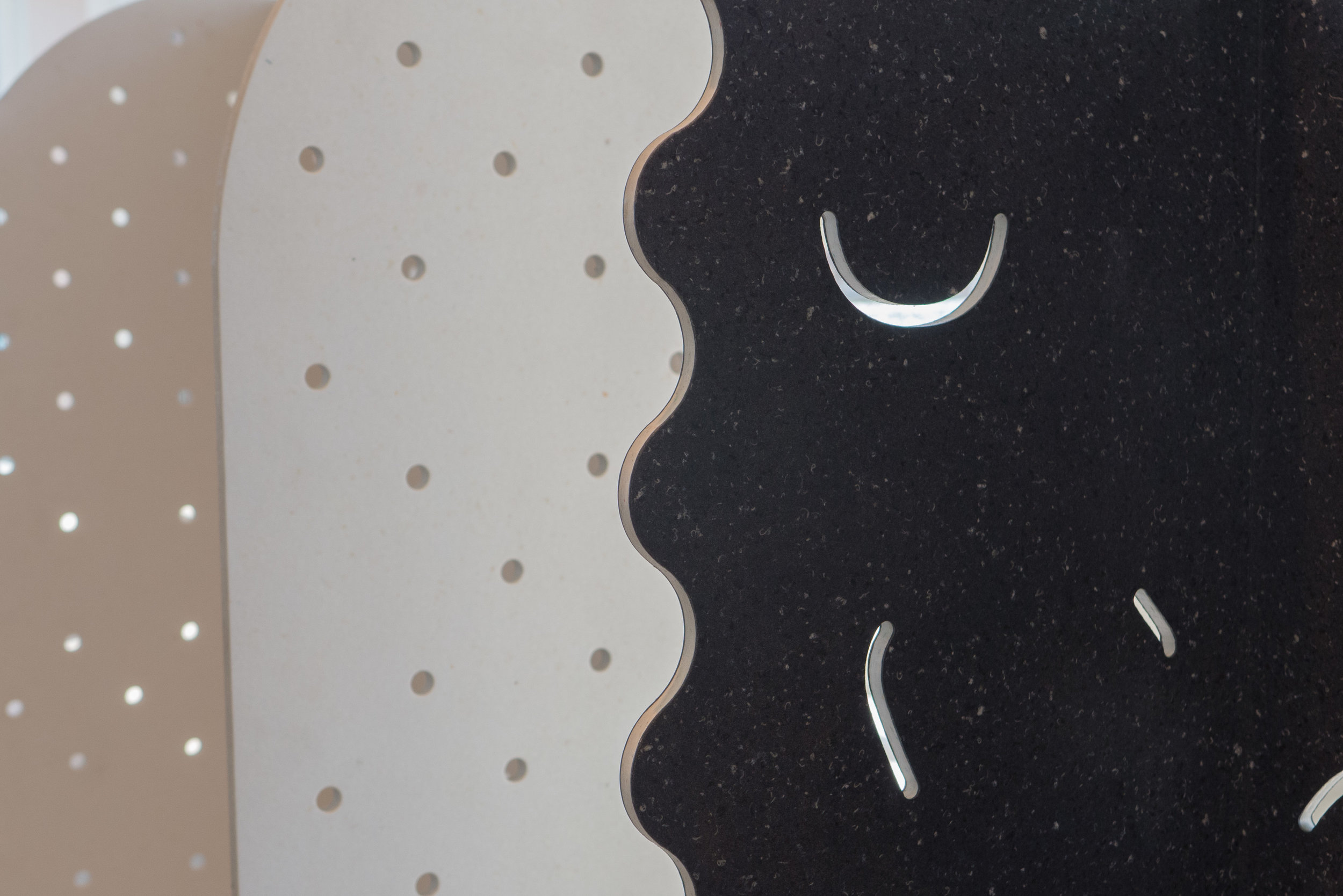
At the start of 3daysofdesign - the Copenhagen event when stores and galleries and design studios have open house - there was an official launch for a new joint venture for the Danish furniture companies Montana and Erik Jørgensen for the opening of their new design studios and show rooms on Bredgade - just beyond Designmuseum Danmark - in the street of top-end design stores, antique dealers, auction houses and galleries.
The partnership or rather their co-habitation will be interesting to follow.
Erik Jørgensen was founded in 1954 by a saddle maker and upholsterer and the company has a well-established reputation for extremely well-made furniture from a back catalogue of important designs by furniture designers of the classic period including Hans Wegner and Poul Volther … Jørgensen manufacture the Ox Chair by Wegner from 1961 and the Corona Chair by Volther that was designed in 1958.
However, Jørgensen have also commissioned contemporary and young designers for important new furniture designs including the Hector and the Bow sofas from Anderssen & Voll and Shuffl from Anne Boysen. Of course these designs make full use of the company’s skills in upholstery … particularly for upholstery over what appear to be difficult or at least unconventional shapes.
These pieces are exceptionally well made and robust so the company is generally seen as a contract design company that is well used by architects, and designers for top-end commercial interiors. A main office and display space out at Nordhavn, at Pakhus 48, will remain but Bredgade is clearly a move into the more domestic side of the furniture market although not into direct retail.
Montana was founded in 1982 and is well known for both their very confident use of strong colours and for their storage systems that are now so extensive that they can be combined for almost any space and any storage needs.
What the two companies have in common is an incredible sense of design self confidence. So this should now be the place to take anyone who tells you that they find Danish interiors too white, too bland for their taste and just too much pale soaped oak.
Montana will keep their retail space at the city-centre end of Bredgade - on the corner of Sankt Annæ Plads - but this second building in Bredgade will be a major venue for their studio and sales staff.
For anyone fascinated by design, but not working in the industry, it is easy to under appreciate just how important commercial sales are to many large design companies so this building is not where you can wander in off the street to buy a chair or a book shelf but is the place for meetings and serious sales and to inspire potential customers with strong shapes in strong and often unconventional arrangements or colours although it seems more than likely that the Bredgade studio will feature as the backdrop in photo shoots.
What makes it interesting to look around studios like this during events like 3daysofdesign is that you begin to get at least some idea of just how important a visually inspiring work environment is for people working in design day in and day out. Owners of good wine shops presumably don’t drink any old super-market plonk in the office and great restaurants presumably don’t expect their senior staff to eat beans on toast so definitely no table tennis here or kids’ slides from one floor to the next.
Many of the pieces in the Smaller Objects collection have been designed by the Swedish architecture and design studio of Claesson Koivisto Rune but there is also a Swedish stoneware bowl, some glass from Italy and objects designed and made in Japan.
What unites all the objects is not just the very high quality of the materials used but the pieces have that hall-mark of design at the highest level in that form, function and material are balanced. In fact, it is that balance of form, function and material that makes these objects minimal in the most obvious sense … in that you realise as you look at and then you hold the objects, it would be very very difficult to add anything more or take anything away without destroying that balance. These objects are refined - not in the sense of being polite and cultivated - though they are that too - but in the sense that the design has been refined or reduced down to that point where it looks and feels right. Good minimal design is about reduction … not about going straight for the basic.
These objects also demonstrate that incredibly important aim for the best design when actually you realise that although the piece appears, at first, to be primarily about appearance and style … what, in fact, is crucial is the obvious and careful consideration of how the pieces function to make even an everyday task more enjoyable.
The Japanese notebook is a good example where you realise that here is something that not only is beautifully made - with the experience that comes through a manufacturer who has long-established craft skills - but how someone uses a notebook has been carefully reconsidered so that even turning back a pre-cut tab to mark a place becomes a simple pleasure. That probably sounds precious or pretentious but one clear reason for - maybe the justification for - designing something that is better - or is more beautiful or is better made in beautiful materials - is that the finished object should enhance life every day when doing everyday things.
Stoneware by Ingegerd Råman 1997
Stoneware by Ingegerd Råman 1997
porcelain by Claesson Koivisto Rune with BrittonBritton 2010
Italian anthracite marble
Claesson Koivisto Rune 2017
Italian anthracite marble
Claesson Koivisto Rune 2017
unglazed bisque porcelain
Claesson Koivisto Rune 2015
sand-cast blackened carbon steel
Claesson Koivisto Rune 2016
ash
Claesson Koivisto Rune 2017
vegetable tanned leather
Claesson Koivisto Rune 2016
aluminium ash
Claesson Koivisto Rune 2012 + 2015
soapstone
Claesson Koivisto Rune 2015
porcelain
Luca Nichetto 2016
Nendo 2016
Nendo 2016
graphics showing how to mark a page with a tab

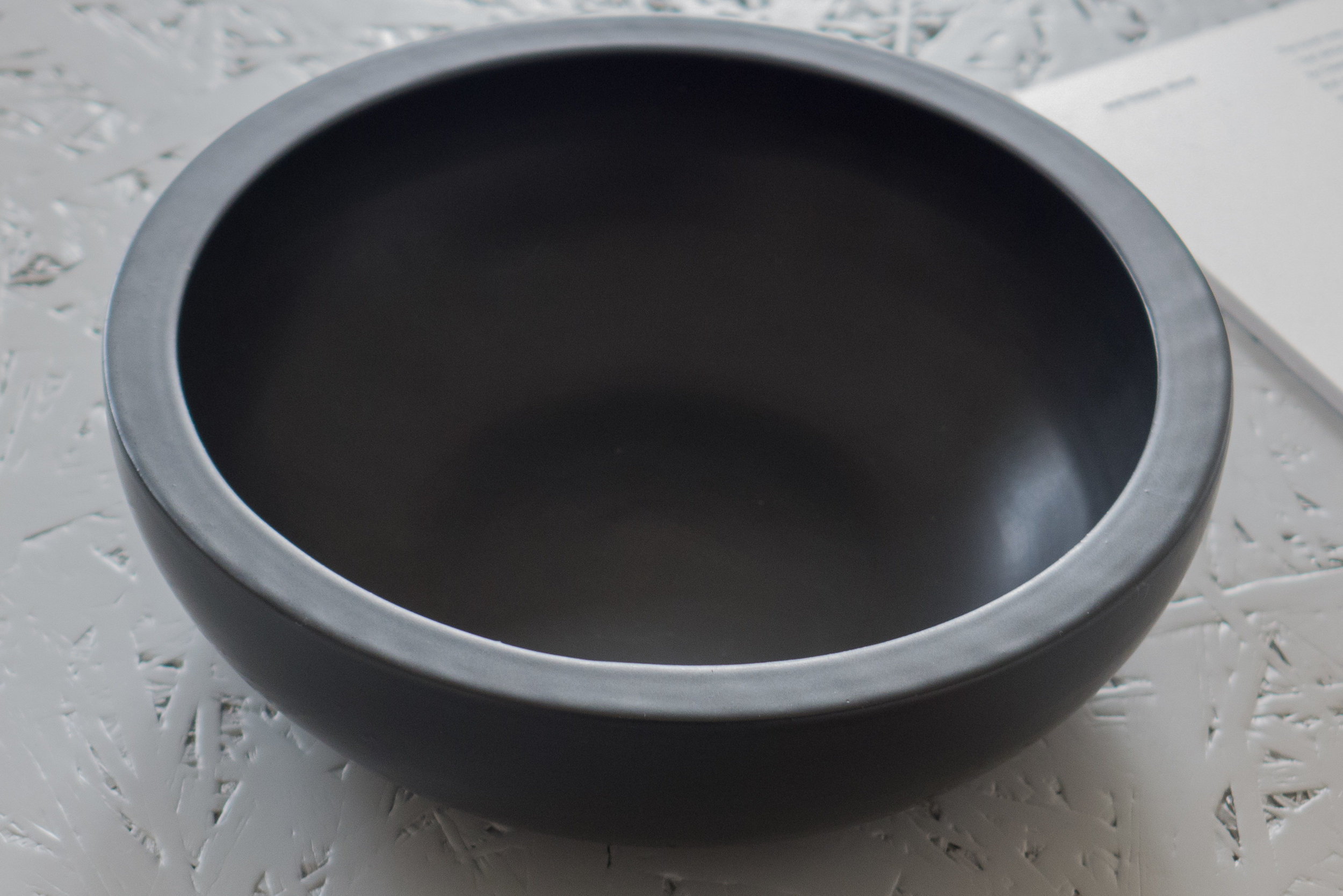
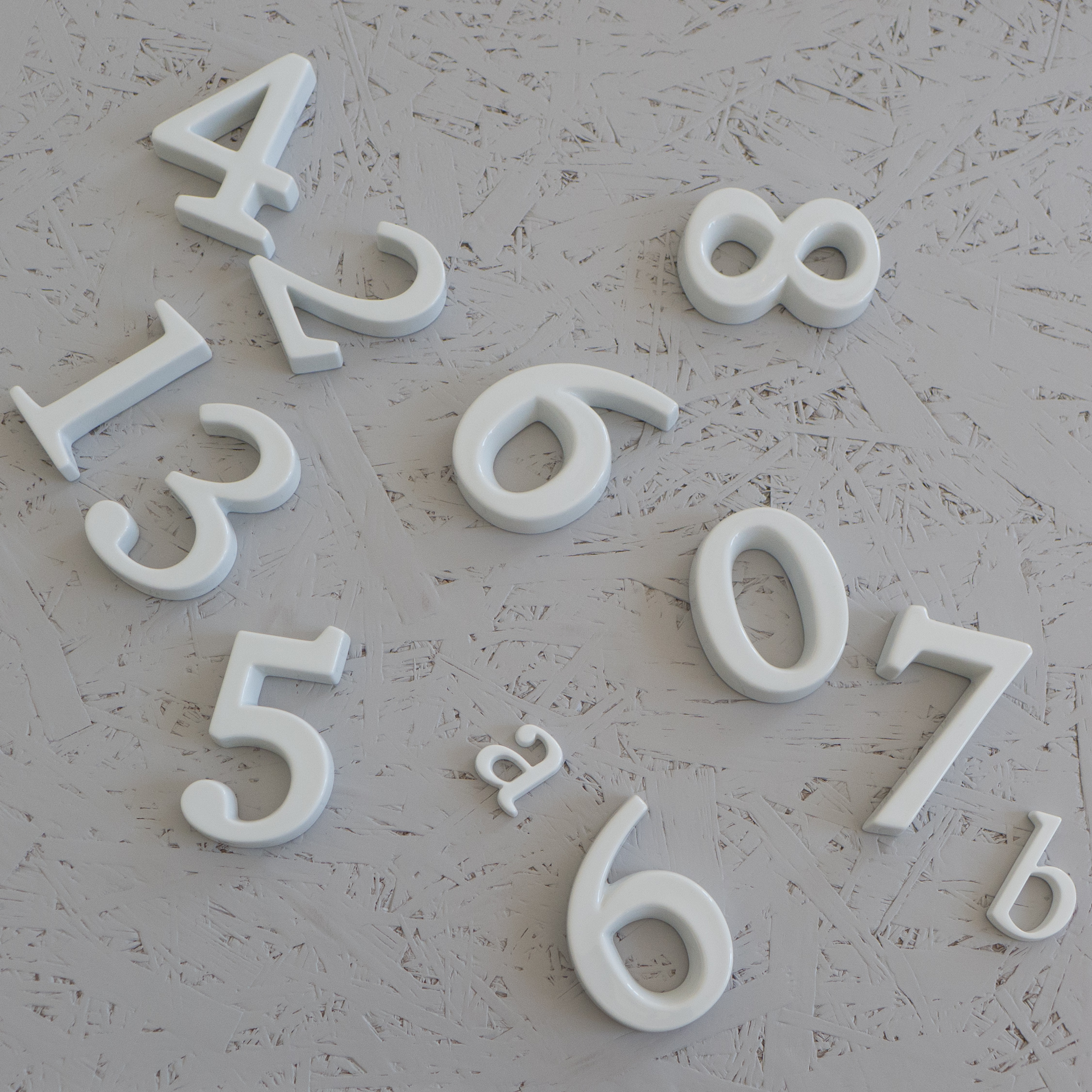
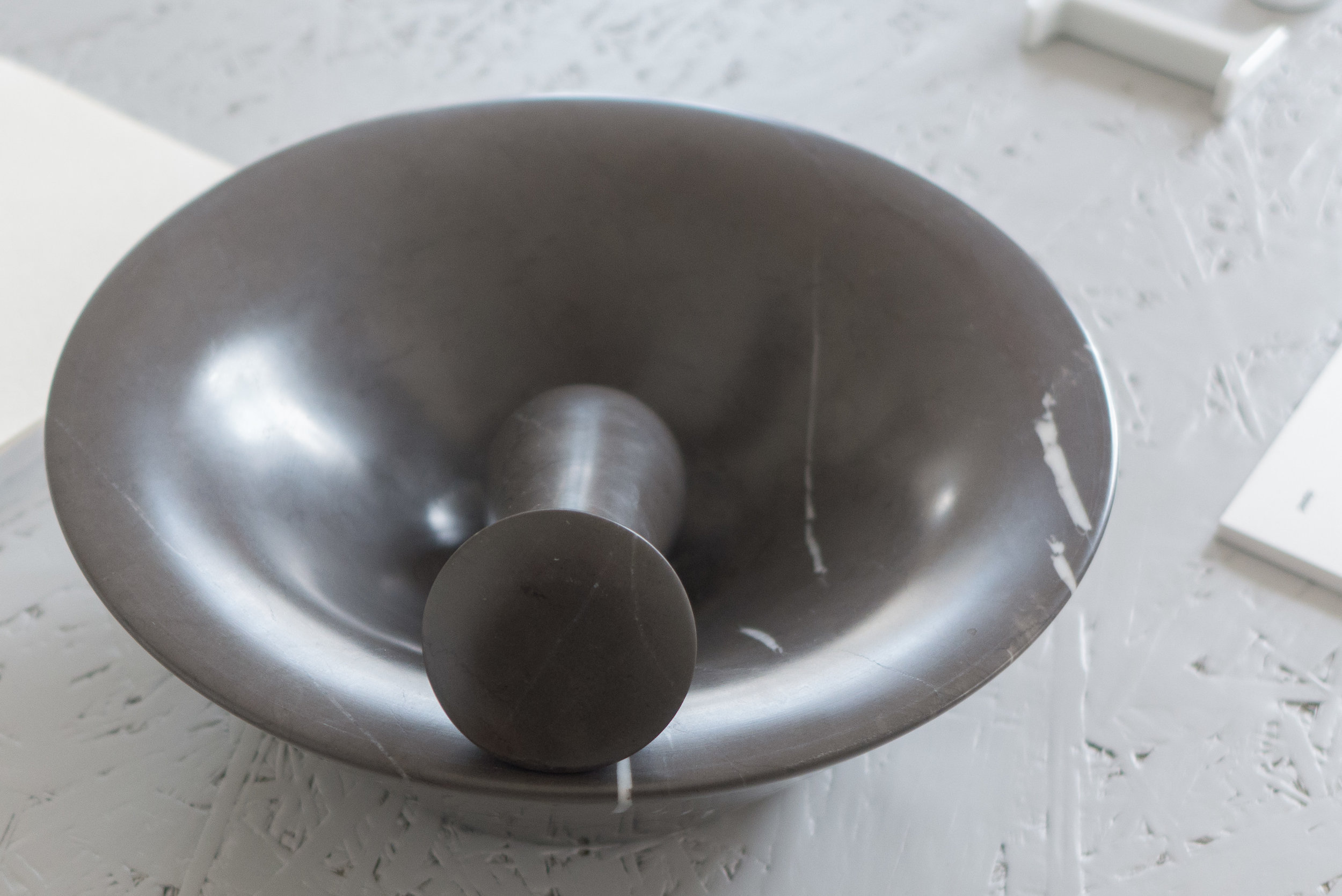
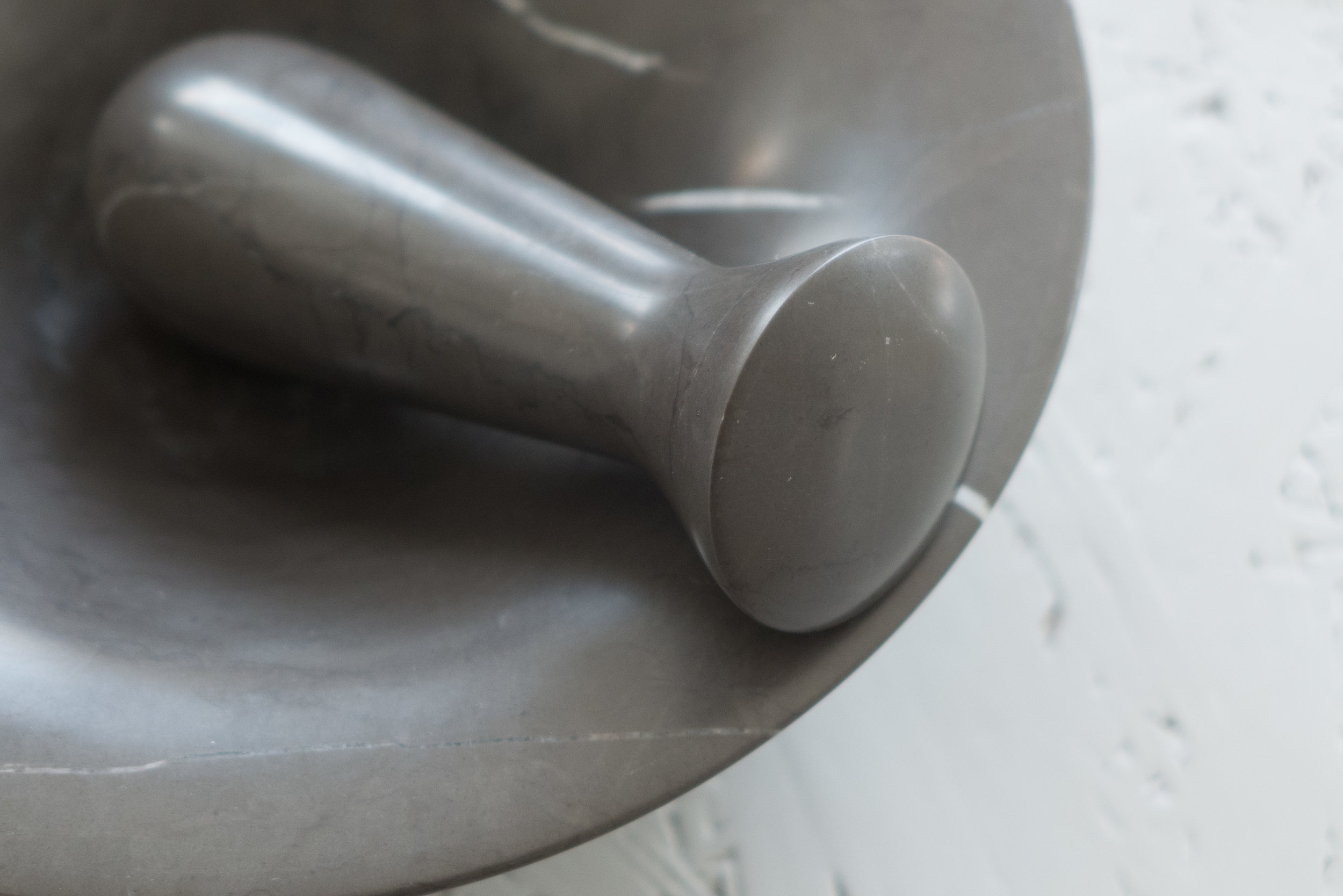
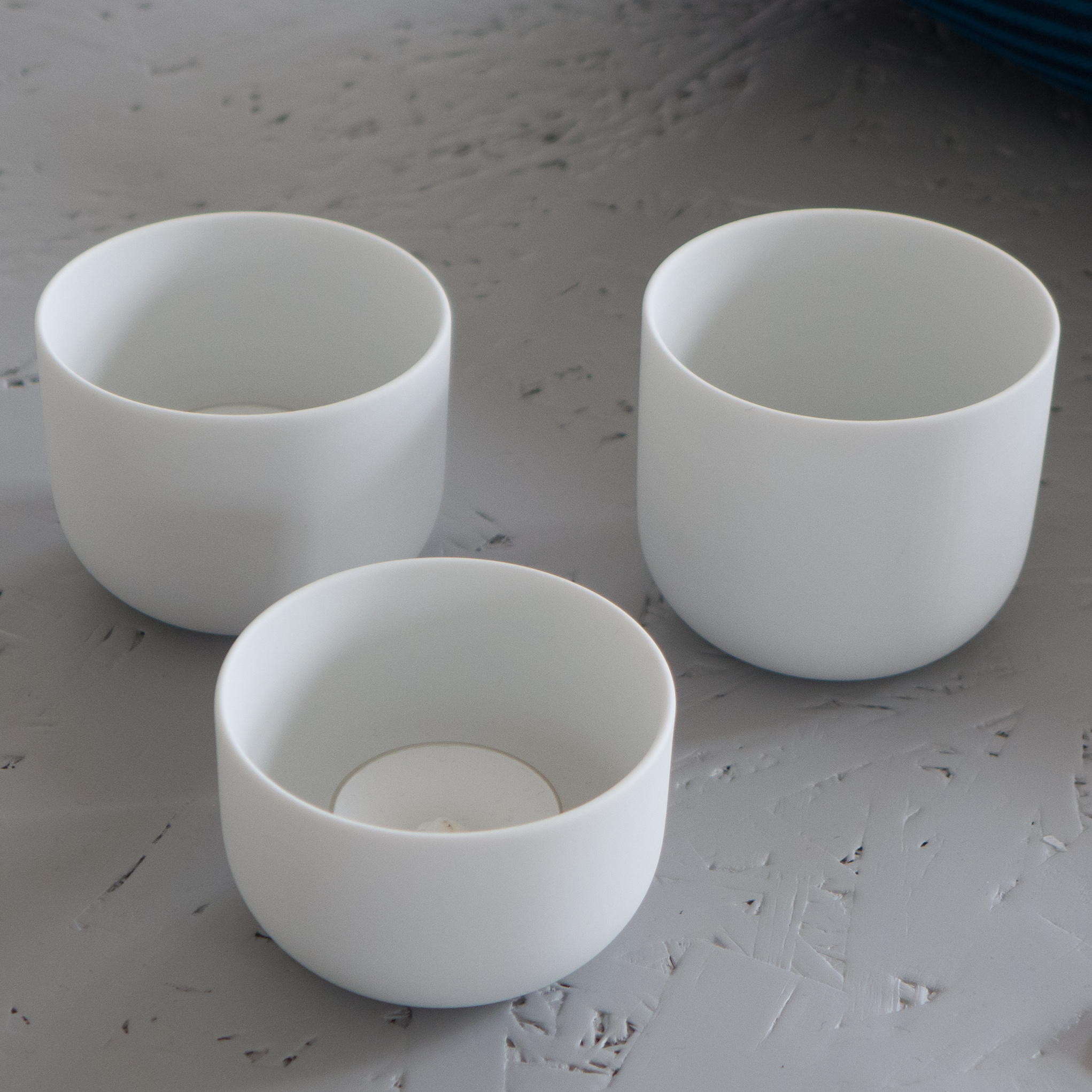
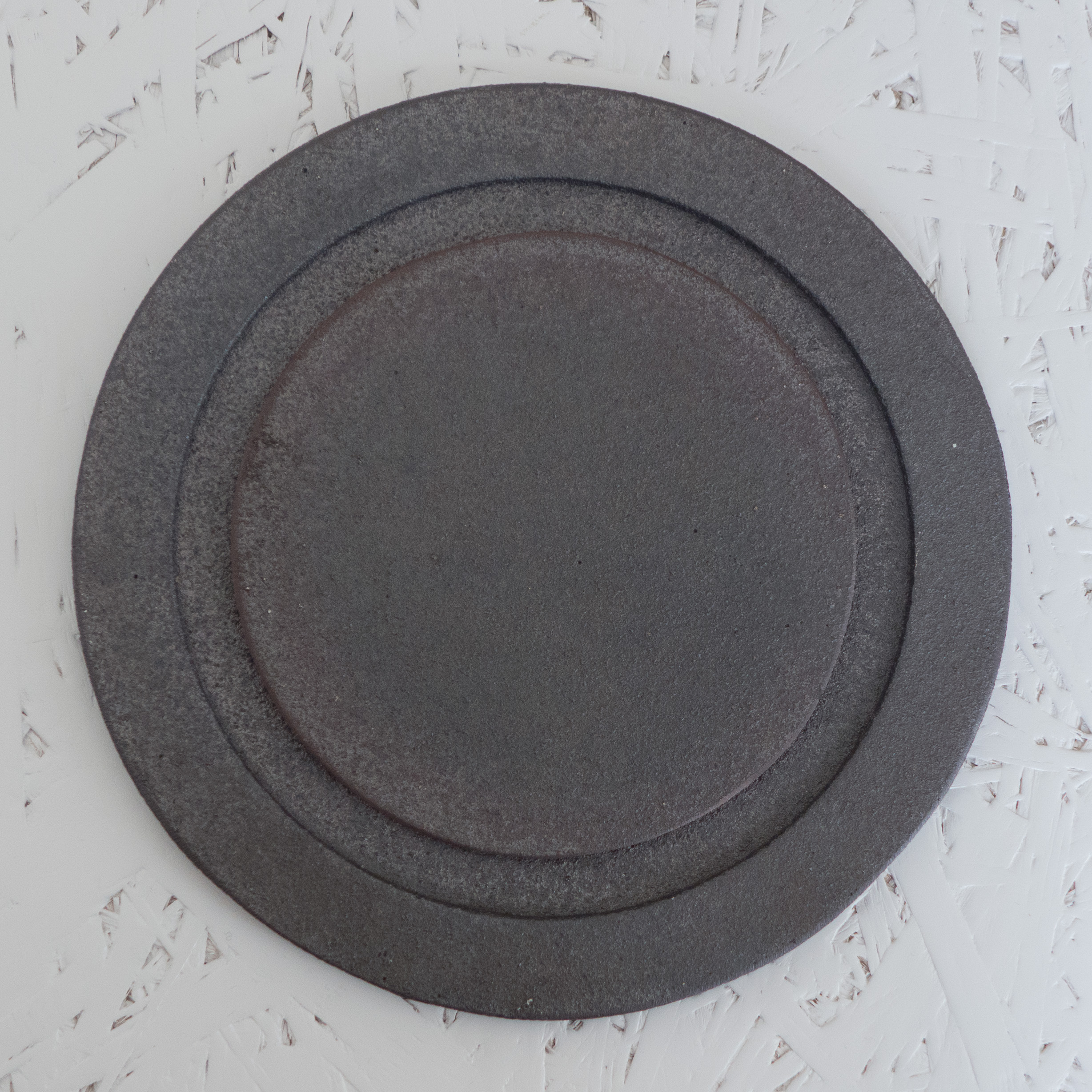
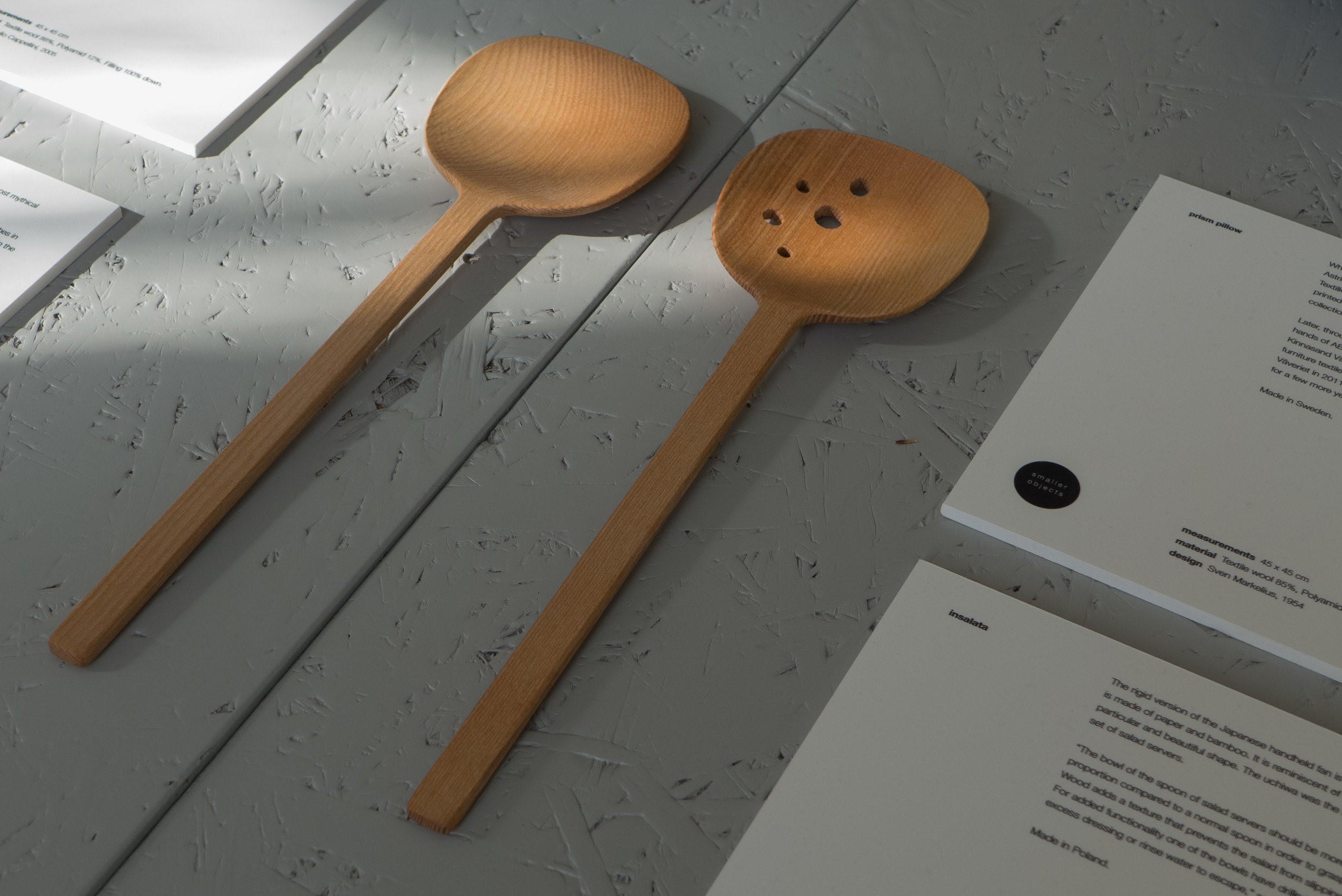
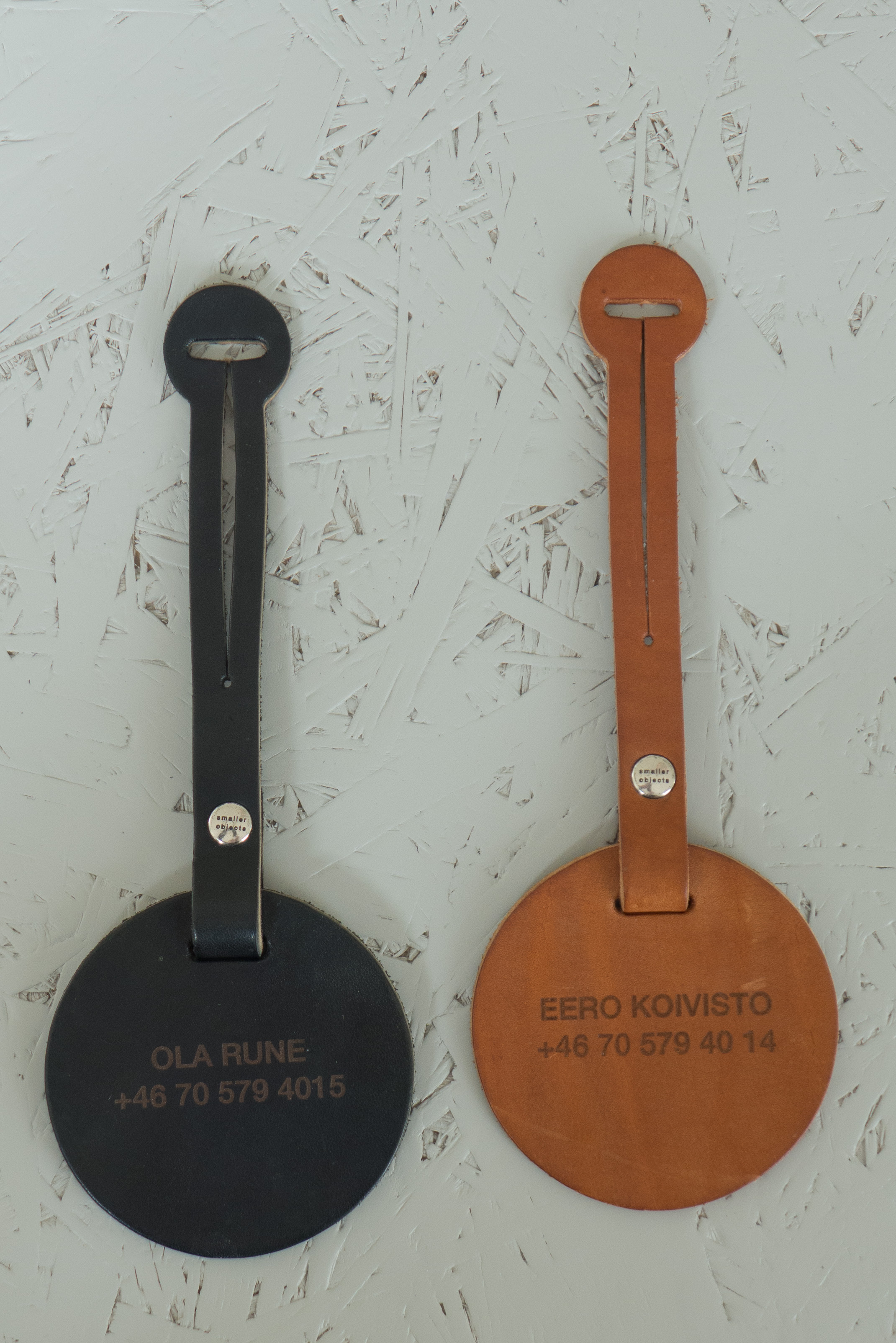
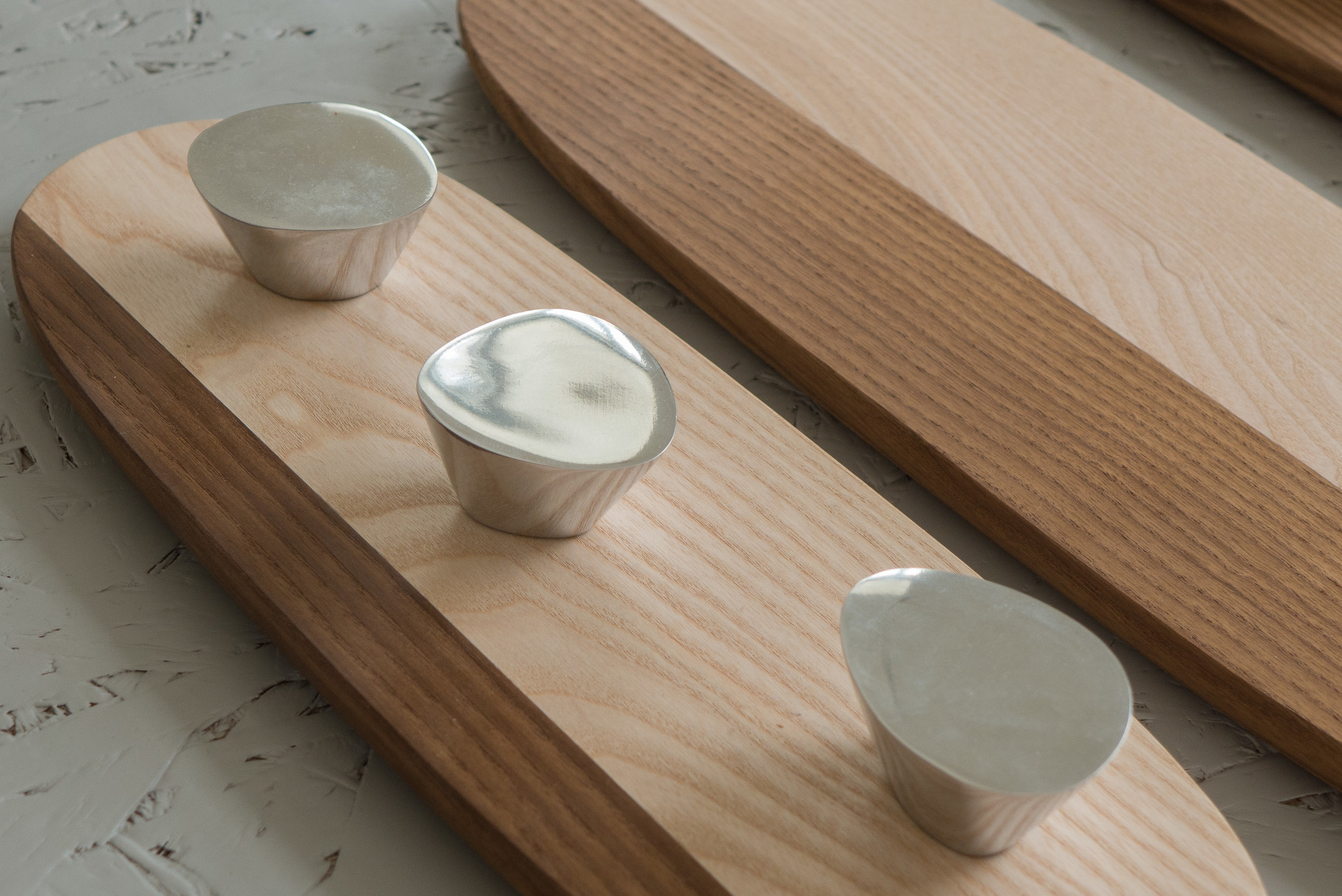
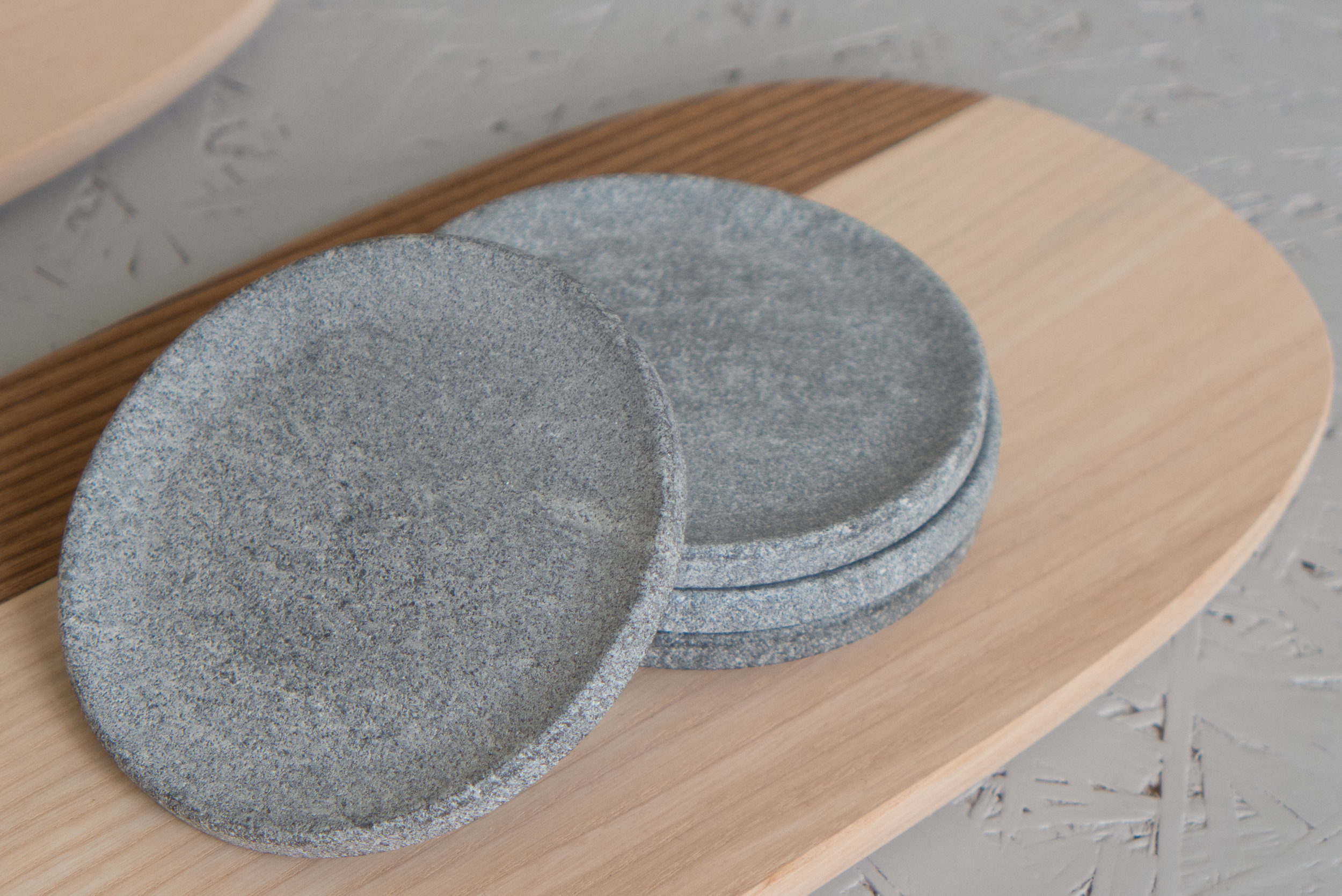
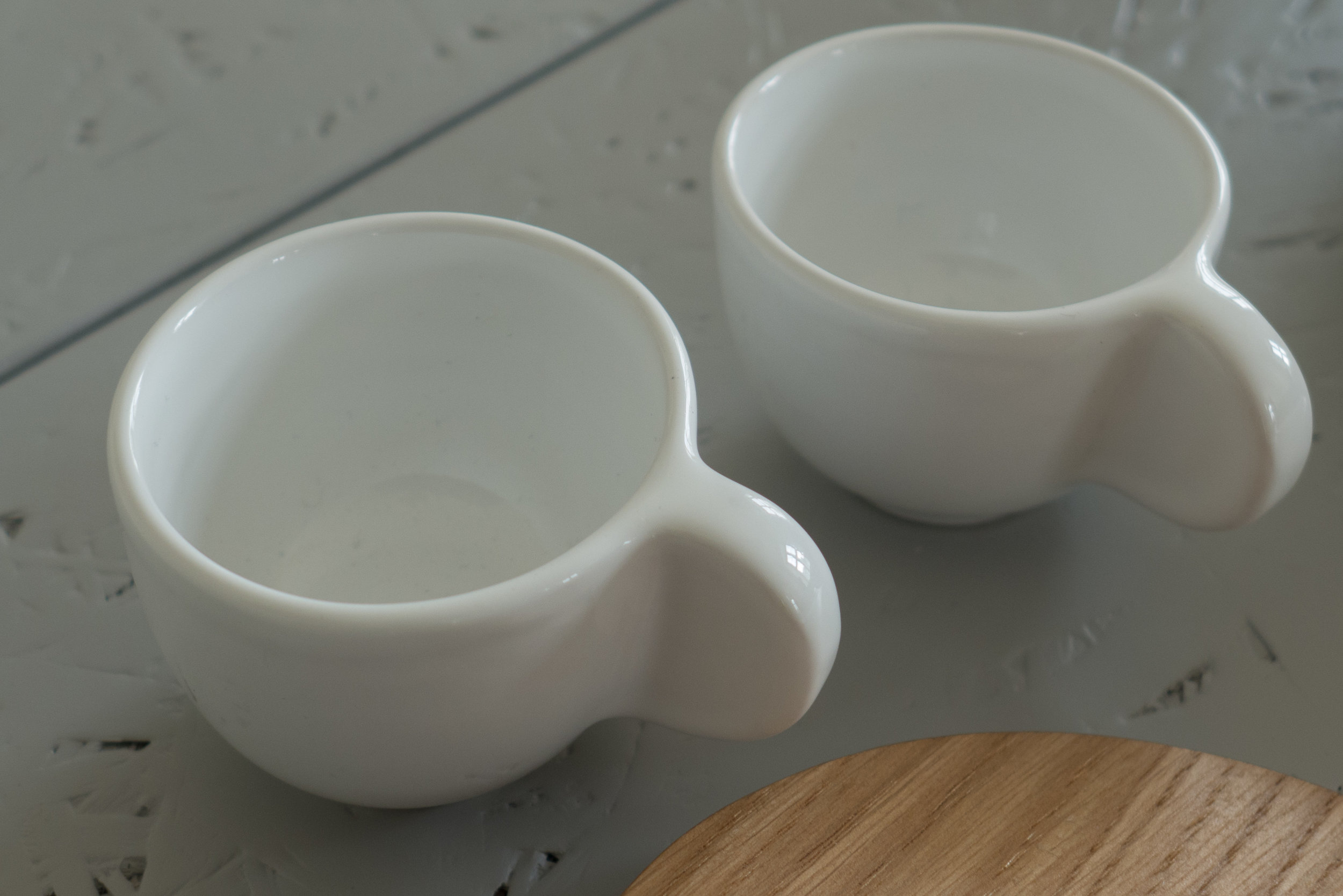
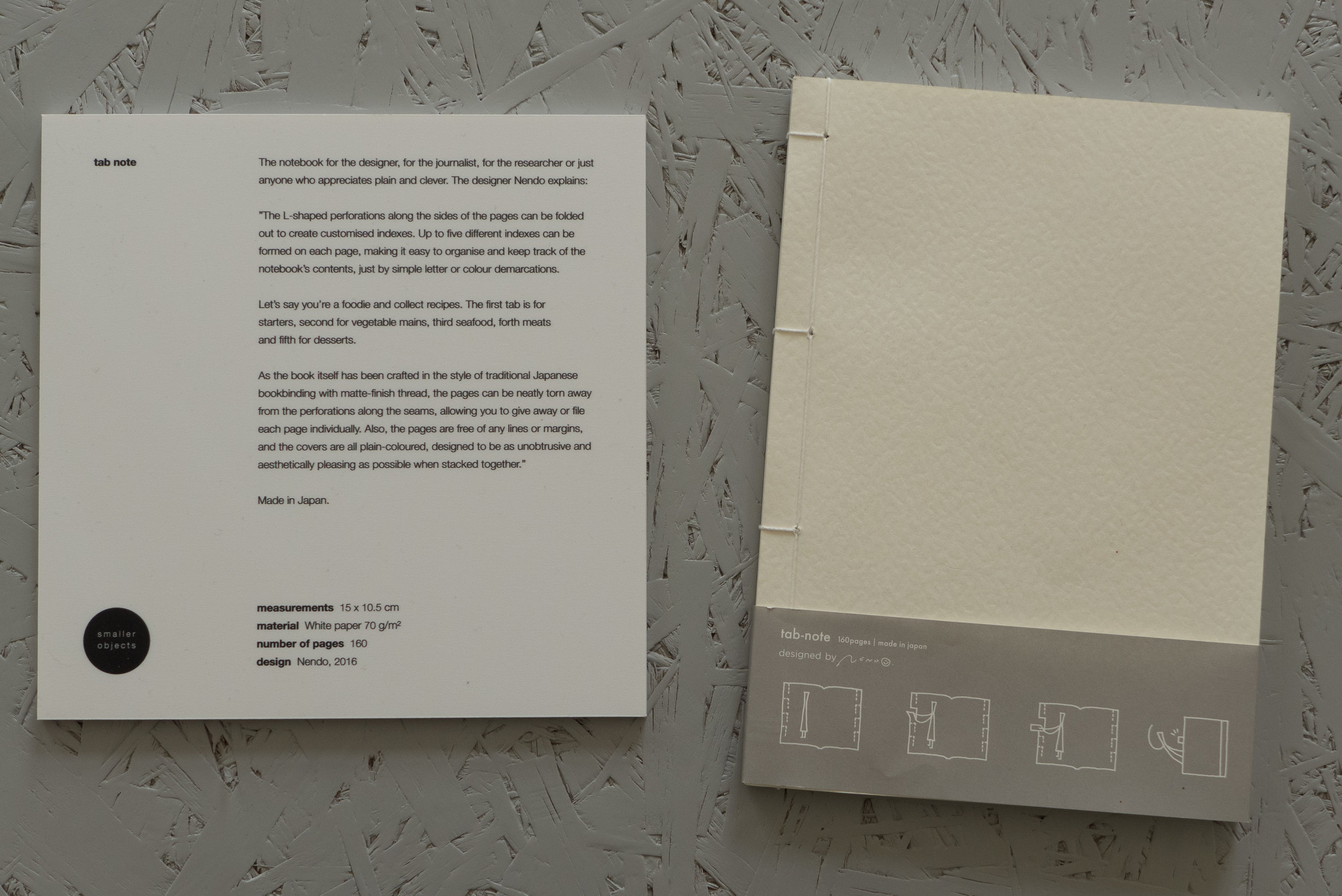
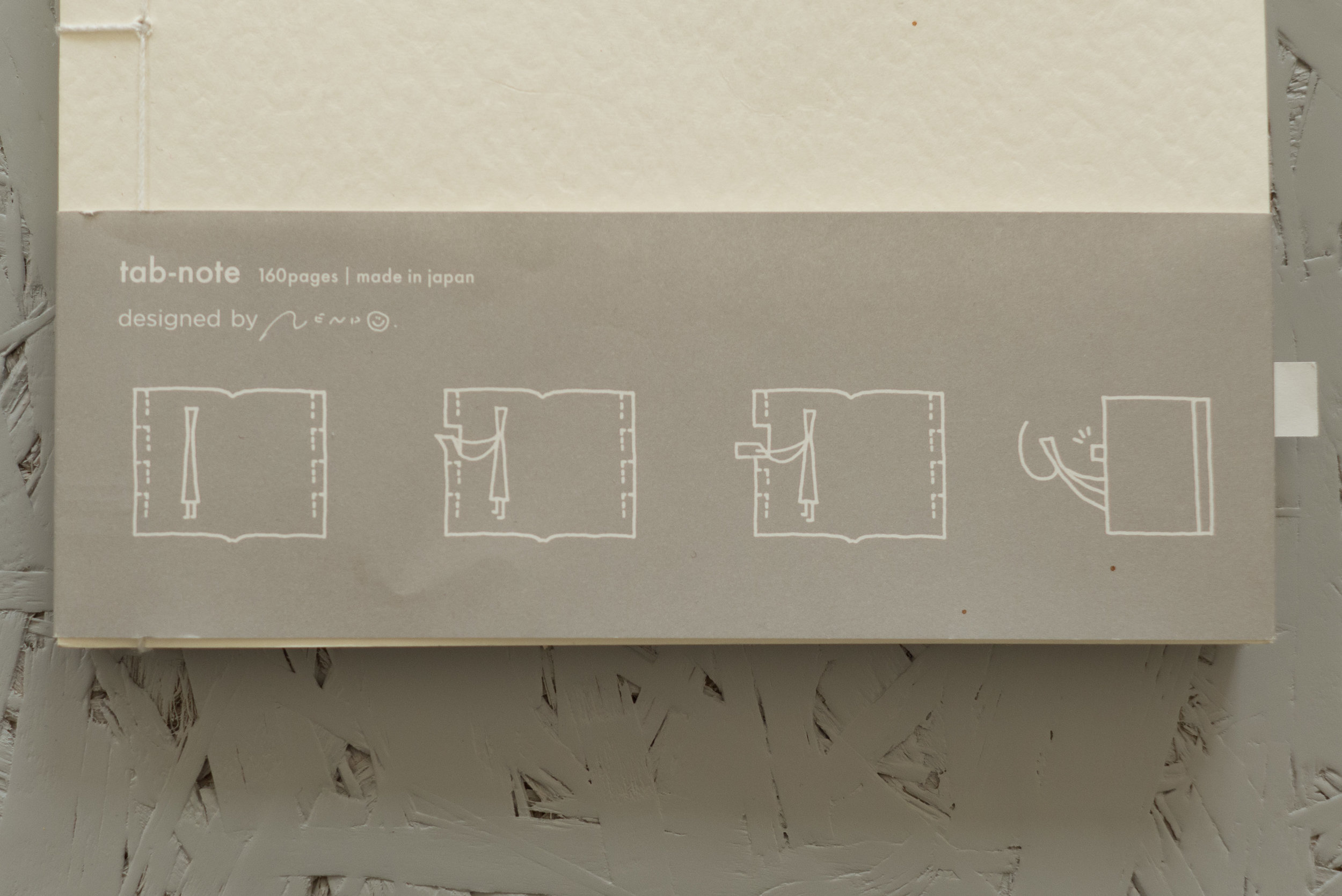
This is the last two days of the Biennalen ... an exhibition of some of the very best of Danish craft work.
What is astounding here are those very qualities that are not normally associated with Danish design … or at least not with common preconceptions about Danish design from the late 20th century. So here there is strong, bold use of colour and texture and the exploration of ideas that challenge perceptions and preconceptions.
The theme Liquid Life - about how precarious modern life can feel - is from a text by Zygmunt Baumann and taken from his book Liquid Life that was published in 2005.
“Liquid life is the kind of life commonly lived in our contemporary, liquid-modern society ... The most acute and stubborn worries that haunt this liquid life are the fears of being caught napping, of failing to catch up with fast moving events, of overlooking the ‘use by’ dates and being saddled with worthless possessions, of missing the moment calling for a change of tack and being left behind.”
With an amazing diversity of both materials and techniques - with works in ceramic and glass, with textiles, jewellery, furniture, book binding, fashion and photography - and with many of the artists combining several materials and in some works several specialist skills - these works are the response that these observations by Zygmunt Bauman inspired in thirty seven artists, designers and makers ........... a response and an antidote.
Liquid Life - Biennalen for Kunsthåndværk & Design 2017
Museumsbygningen, Kastelsvej 18, Copenhagen until 27 May 2017
architecture, design and planning in Copenhagen ...........
the houses of Dyssen and the area between the water of the 17th-century defences and Kløvermarken on Amager
good architecture in Copenhagen is not just about aluminium window frames, sealed glazing units and Scandi-clean design ... here is cladding and the use of materials and a sense of colour at its best
Just opened at Form Design Center in Malmö … an exhibition of wallpaper from the Signatur range from Sandberg designed by Dagmar Lodén, Ylva Kallstrom-Eklund, Joy Zandén and Lillo Wikstrand who were working in the 1950s.
continues at Form Design Center in Malmö until 14 May 2017
information about this range of wallpaper from Sandberg
With recent changes to this site there was a reason to look again at the typography and the layout of its pages and a chance to use some different colours. That meant thinking about which colours for me stand out in Copenhagen with a clearer appreciation of the city now I live here year round through all seasons.
Water around the city - the seascapes of the sound - and water in and through the city - the water of the harbour, the lakes and the fountains of Copenhagen - along with the strong clear light, means that clean, deep blues are a strong influence on design and architecture here along with the softer distinct slate green colours found in the work of Arne Jacobsen and in many of the more recent buildings in the city with opaque panels of blue or green or with acres of glass picking up the tones reflected up off the water. Cream and sand colours, of many of the historic buildings, are important and, of course, greys tending to purple of the cobbles and setts contribute a lot to the colour and tone of the townscape but in the end, to my surprise, I realised that it is the dark yellow and deeper colours, from ochre through to the deep oranges and darker reds of iron oxides, used for so many of the painted buildings, that had made a real impact.
Of course, these strong earth colours are not unique to Copenhagen but are found throughout Denmark and in Oslo and Bergen and from Malmö to Stockholm and beyond, so they are truly Scandinavian colours and part of a strong colour palette that designers and architects see around them every day.
explore copenhagen design news by category …..
.... and longer articles about architecture and design are posted on danish design review
Powered by Squarespace